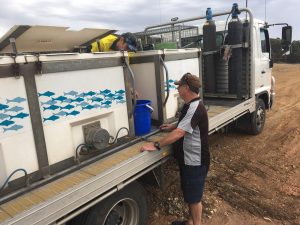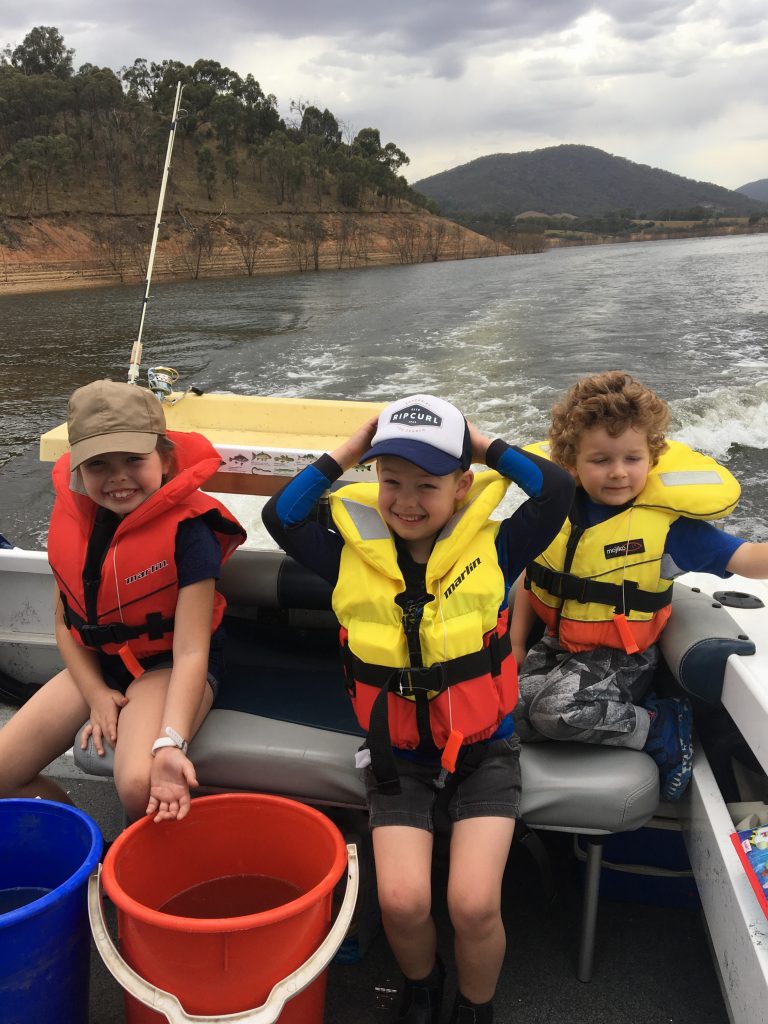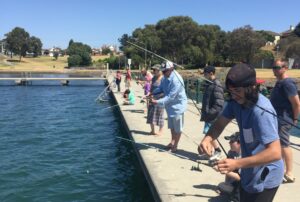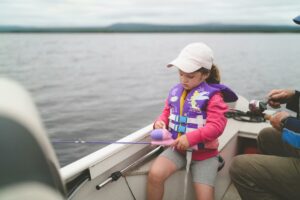May 1, 2018
Fishers are often curious to know more about which types of fish are being stocked in their local areas and favourite fishing spots. With the recent announcement that the Victorian Government has achieved the mammoth achievement of reaching a record 6-million stocked fish in 2017/18 it begs to wonder how we can keep track of where, when and how many fish are being stocked. Thankfully, the Victorian Fisheries Authority (VFA) have produced an online Fish Stocking Database which is a great resource for fishers to easily access fish stocking information.
This database allows fishers to search by their local area, their favourite species, a date range or via a map. The map shows when an area was last stocked, which species were stocked as well as how many fish were released. There is also an overview of how many native fish, such as Australian bass, Murray cod and golden perch have been released during the stocking period between November and April each year.
The current season has set new records in the number of fish being stocked across the state with more than 6-million fish stocked in the past year including the release of more than 1.6-million Murray cod. Over the 2017/2018 season, nearly 5-million native fish have been stocked across more than 200 inland waterways throughout Victoria including family fishing lakes. The increase in fish stocking is a key component of the Victorian Government’s Target One Million plan which aims to grow participation in recreational fishing to one million anglers by 2020. As part of the plan, the Government committed to increase fish stocking to 5-million per year which has now been achieved and surpassed. Victorian recreational fishers also contribute around 10% of recreational fishing licences (RFL) fee sales towards fish stocking ($901,923 in 2016/17).

As part of the fish stocking program, family fishing lakes across Melbourne and regional Victoria are stocked prior to the term 2 and 3 school holidays with ready-to-catch Rainbow Trout. New fishers and children find Rainbow Trout to be a good target as they are quite easy to catch using a range of baits and lures. In Northern Victoria, the initiative has been expanded further by using silver perch which do very well in dams and lakes. By stocking the family fishing lakes, it allows families to take up a new family-friendly hobby and to further advance their fishing skills. For more information, visit the VFA’s list of Family Fishing Lakes.
The fish stocking program is developed through a series of regional annual Vic Fish Stock meetings. Recreational fishing representatives from the VRFish membership along with Australian Trout Foundation and Native Fish Australia representatives sit down with VFA staff, and resource managers from Catchment Management Authorities (CMAs), the Department of Environment, Land, Water and Planning (DELWP) and Water Authorities to develop an annual plan. These meetings are typically held during August and September prior to the native fish stocking that occurs annually from November.

When developing the annual stocking plan a number of factors are considered. These include:
- The performance of the fisheries and any issues that may impact it
- The current approach to stock and any results of stock assessments
- Fisher and creel catch surveys
- Current environmental conditions, particularly water levels and quality
- Impact of land and water management operations in the area.
Through the increase in Victorian fish stocking and the new records being achieved in this area, freshwater recreational anglers can expect to see their fishing opportunities transform in the future.
For more information, visit the Fish Stocking Database.
VRFish member Steven Relf and his grandkids, Maya, Flynn and Aiden helped to release 4, 000 yellow belly into the Howqua arm of Lake Eildon. This was made possible thanks to the VFA and RFL trust fund.








